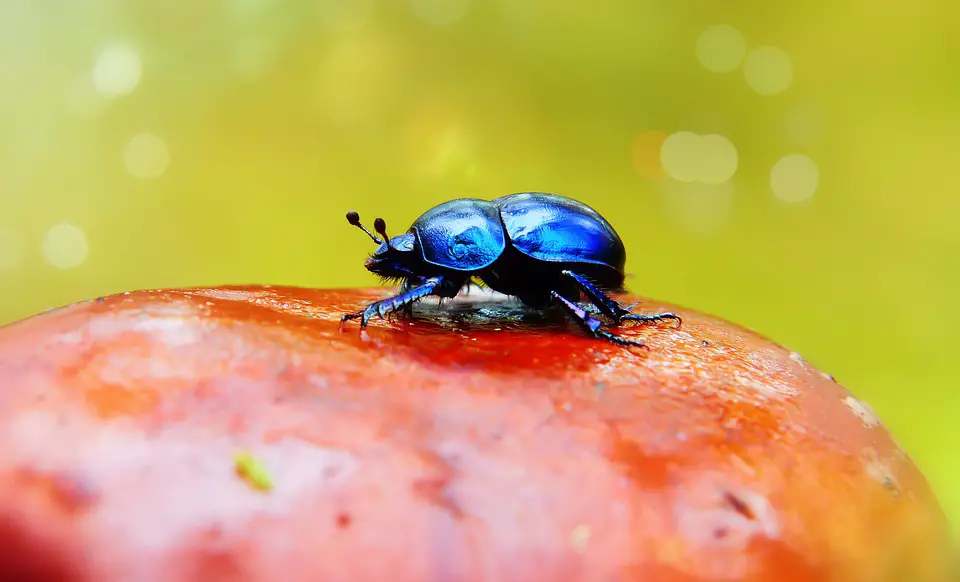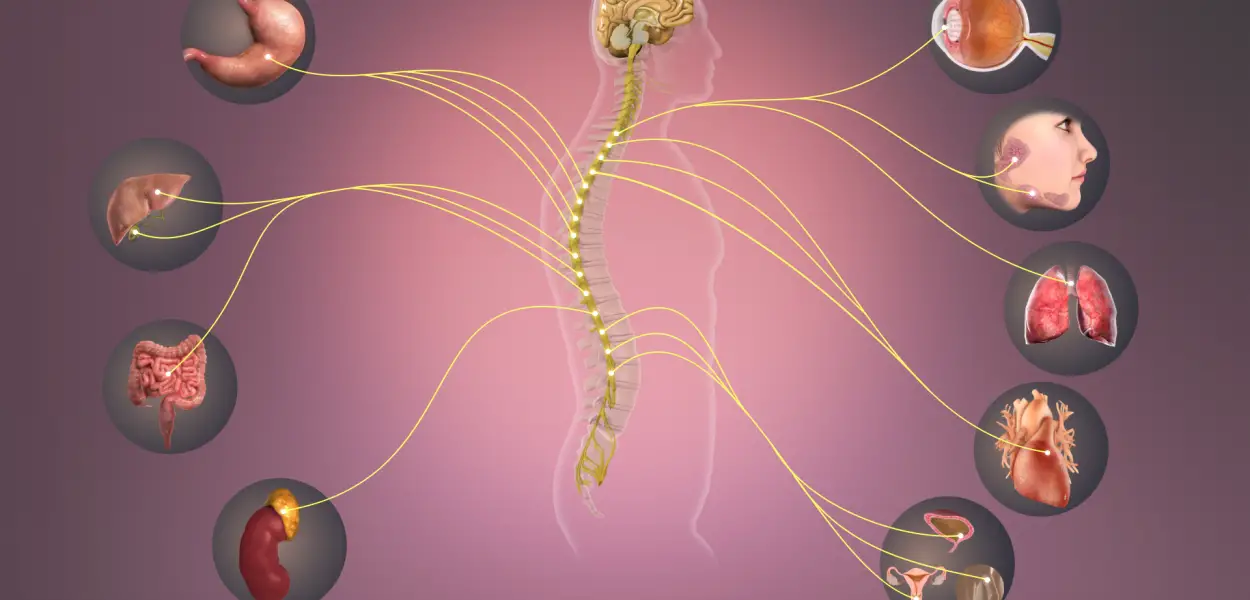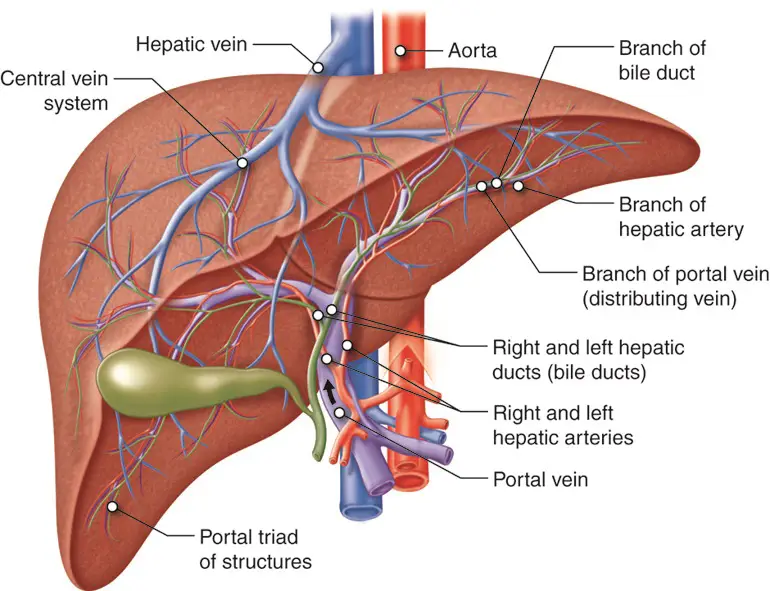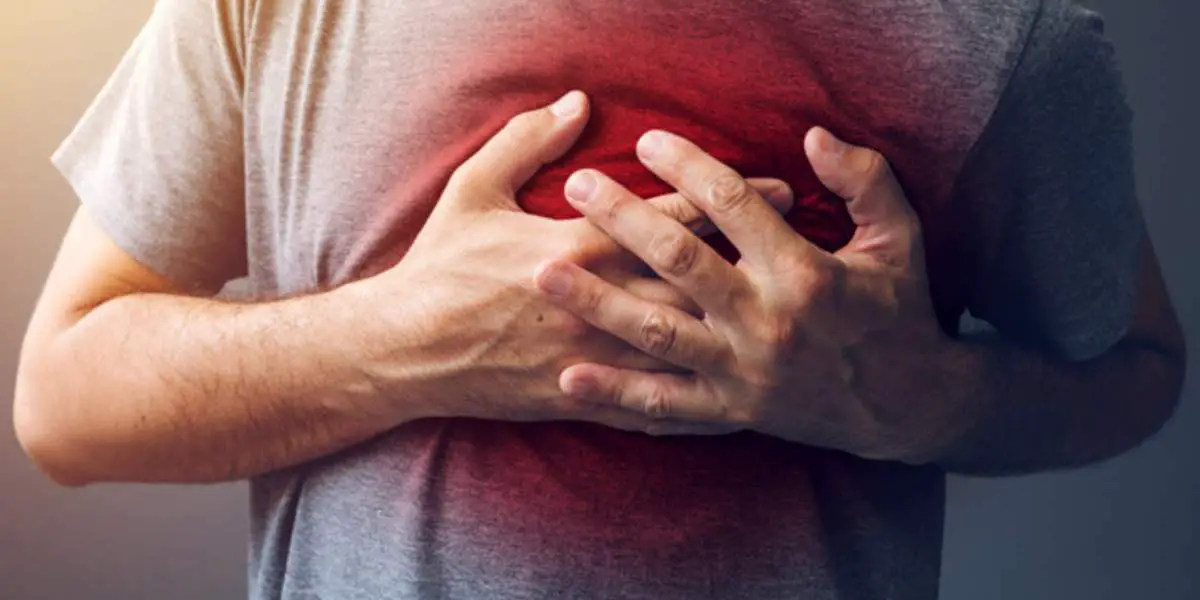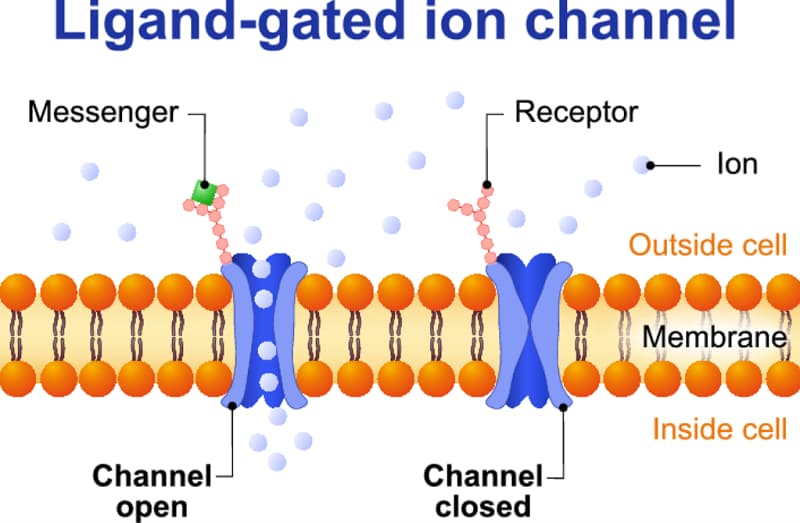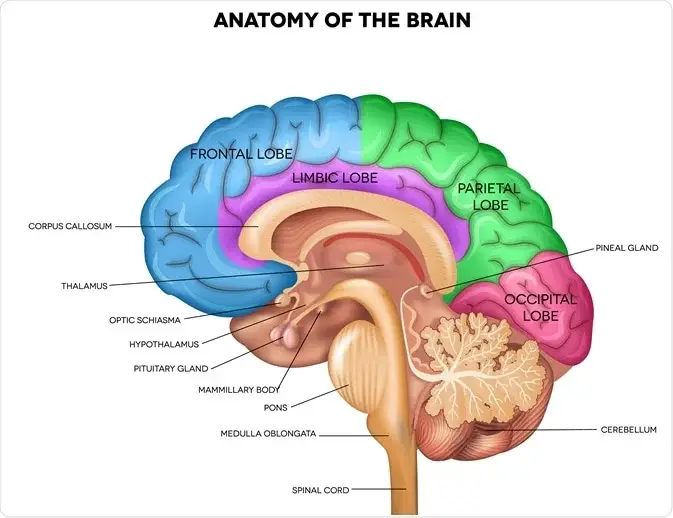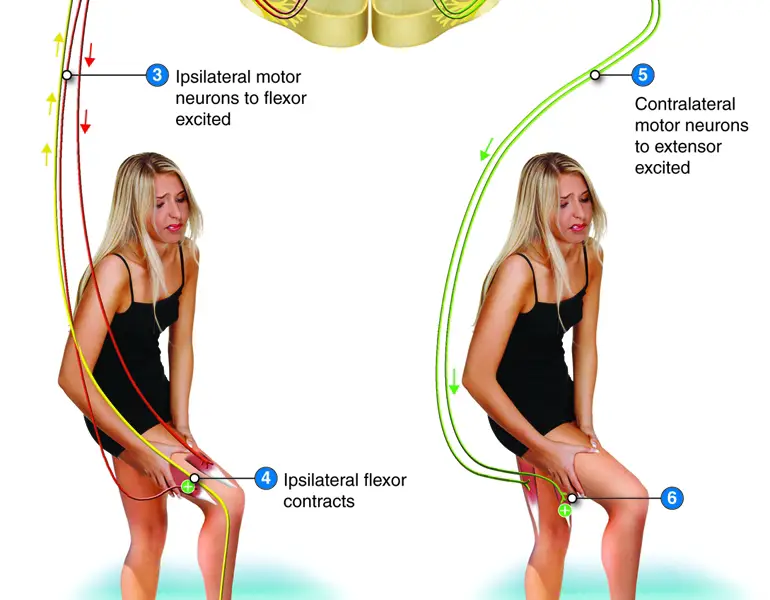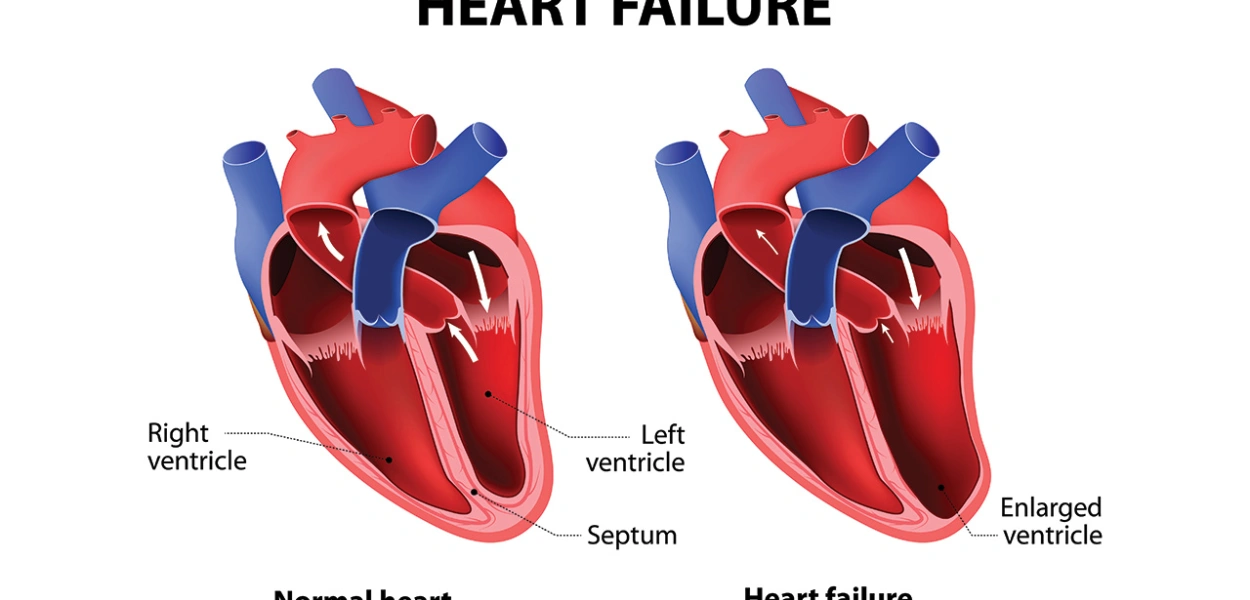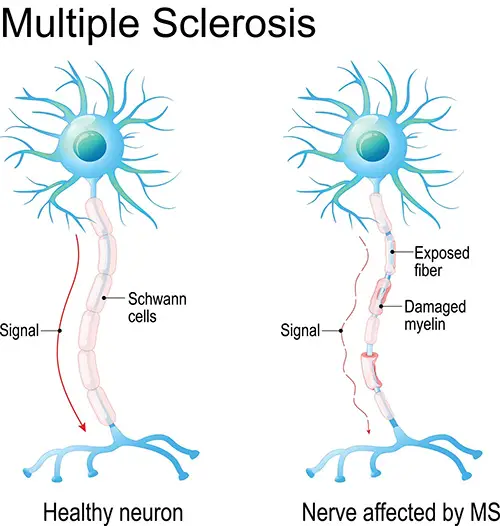Why Are Some Beetles Shiny and Attracted to Light?
To answer this question we will first have to review the physical properties of light and go over the basics of optics, which is the study of the relationship between sight and light. Visible light is a section of the electromagnetic spectrum, and it is the only portion that people can see. While electromagnetic radiation can be measured via its various prosperities, such as frequency or energy, it is most commonly categorized by wavelength. Taking one step back, radiation is the transfer of energy in the form of waves or particles. For electromagnetic radiation, wavelength is determined by measuring photons. Put simply, photons are massless particles that also exhibit the characteristics of waves. To measure wavelength a point is designated on one wave (usually a peak or trough) and the length between it and that same point on the next wave gives you the wavelength.

